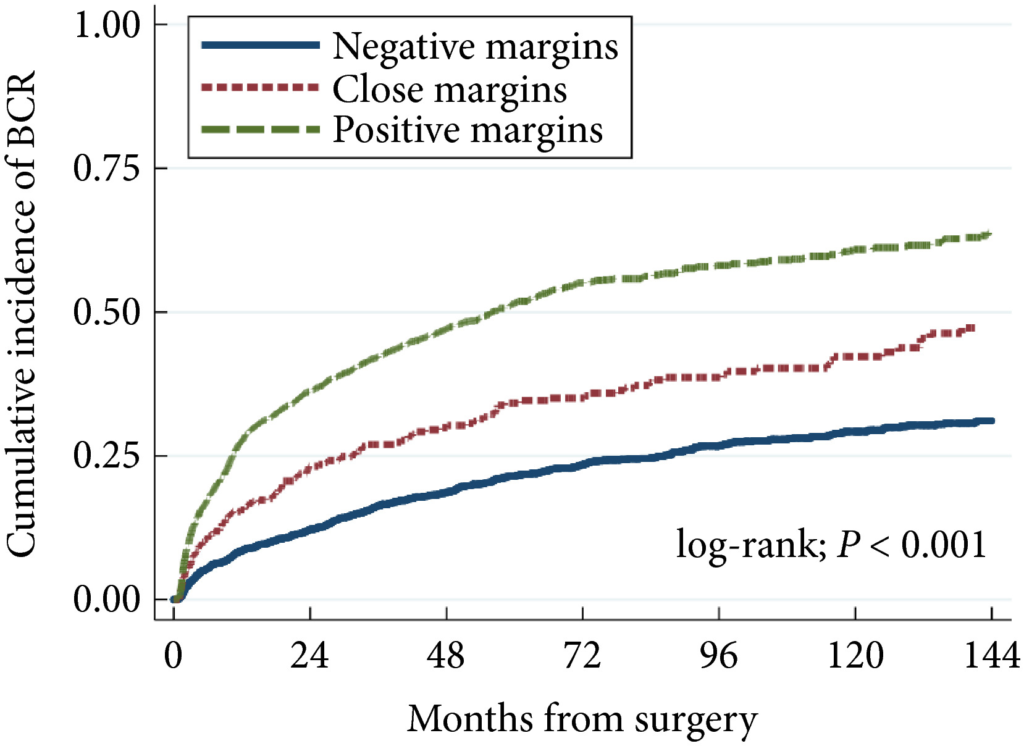
Article of the week: RP and the effect of close surgical margins: results from the SEARCH database
Every week, the Editor-in-Chief selects an Article of the Week from the current issue of BJUI. The abstract is reproduced below and you can click on the button to read the full article, which is freely available to all readers for at least 30 days from the time of this post.
In addition to the article itself, there is an accompanying editorial written by a prominent member of the urological community. This blog is intended to provoke comment and discussion and we invite you to use the comment…
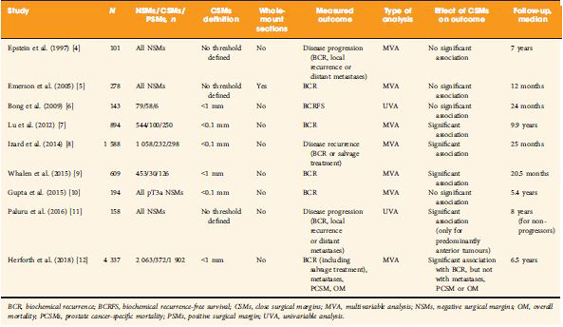
Editorial: Close surgical margins after RP: how to make a complex story even more complex
Surgical margin (SM) status after radical prostatectomy (RP) for clinically localized prostate cancer (PCa) is a measure of surgical quality and retains some prognostic value. Positive SMs (PSMs) have long been considered an adverse oncological outcome because they were repeatedly found to be associated with a higher risk of biochemical recurrence (BCR), and are still among the factors guiding the decision to deliver adjuvant treatments; however, the long‐term impact of PSMs on survival remains…
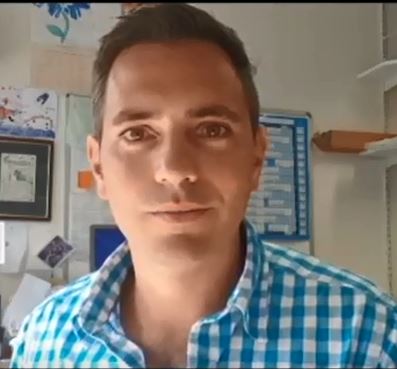
Video: Shortcomings in the management of undescended testis
Shortcomings in the management of undescended testis: guideline intention vs reality and the underlying causes – insights from the biggest German cohort
Abstract
Objectives
To assess the implementation of the current guideline and identify potential underlying causes for late surgery in children with undescended testis (UDT) in Germany. UDT is the most common surgical issue in paediatric urology and to avoid malignant degeneration and subfertility…
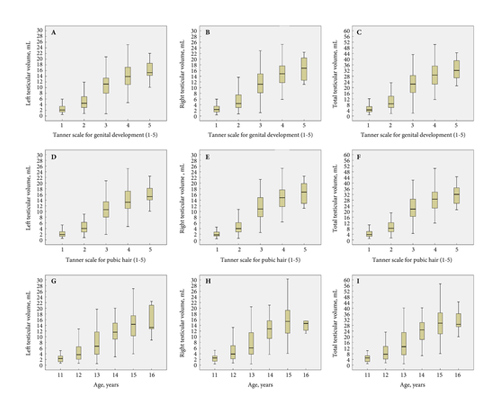
Article of the week: Testicular asymmetry in healthy adolescent boys
Every week, the Editor-in-Chief selects an Article of the Week from the current issue of BJUI. The abstract is reproduced below and you can click on the button to read the full article, which is freely available to all readers for at least 30 days from the time of this post.
In addition to the article itself, there is an accompanying editorial written by a prominent member of the urological community. This blog is intended to provoke comment and discussion and we invite you to use the comment…

Editorial: Measuring testicular asymmetry in healthy adolescent boys
The Antwerp group has provided major contributions in the field of the adolescent varicocoele before [1], leveraging their long follow‐up and school‐based screening. Here, the focus is on ultrasound measures of testis volume and the natural variation in testis size detected in healthy boys without varicocoele [2].
The cohort is a mix of secondary school evaluations and those recruited at a tertiary hospital. Hospital‐recruited subjects would be concerning for this study design, but fortunately…
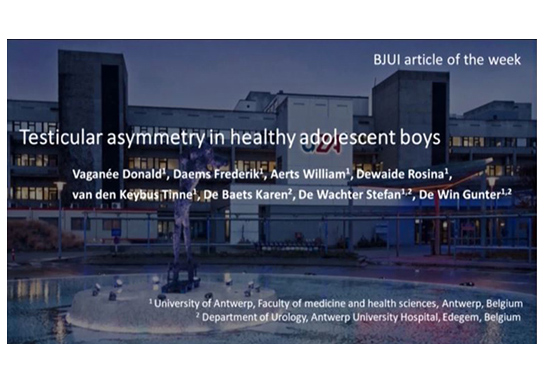
Video: Testicular asymmetry in healthy adolescent boys
Testicular asymmetry in healthy adolescent boys
Abstract
Objectives
To assess the presence of testicular asymmetry and the currently used threshold values in varicocoele management in a healthy adolescent population.
Subjects and Methods
We conducted an observational cross‐sectional study from April 2015 until December 2016 in which we recruited 539 adolescent boys aged 11–16 years. A clinical examination including testicular…
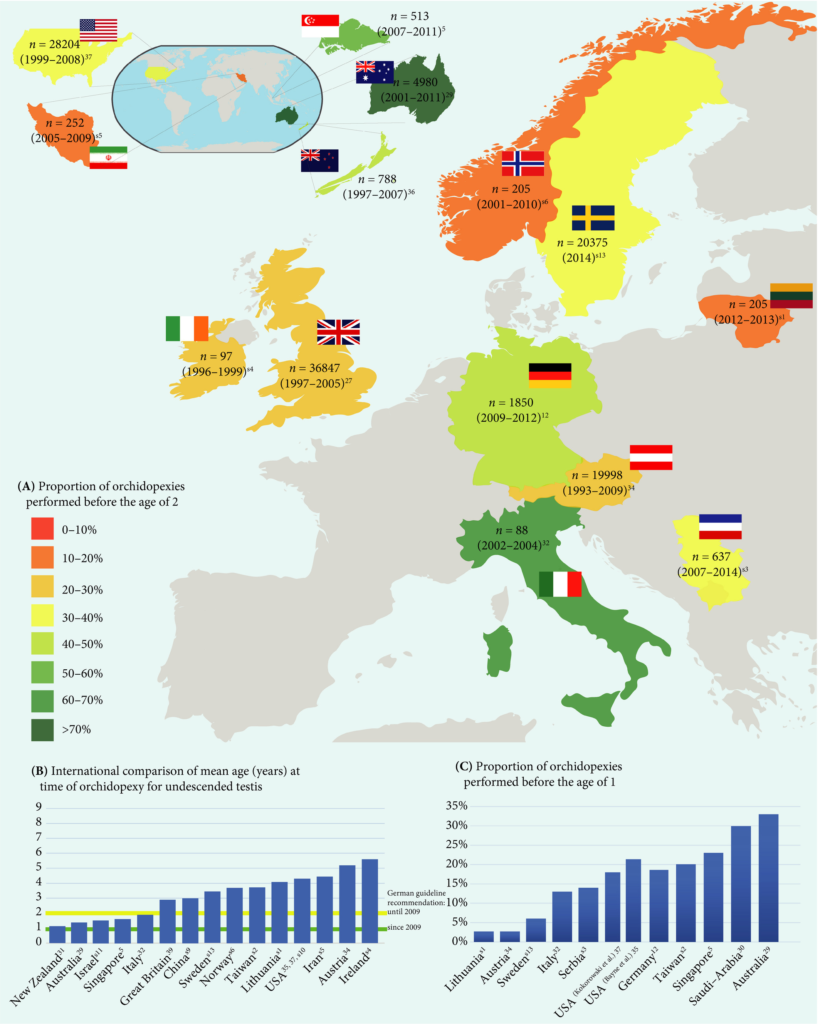
Article of the week: Shortcomings in the management of undescended testis
Every week, the Editor-in-Chief selects an Article of the Week from the current issue of BJUI. The abstract is reproduced below and you can click on the button to read the full article, which is freely available to all readers for at least 30 days from the time of this post.
In addition to the article itself, there is an accompanying editorial written by a prominent member of the urological community. This blog is intended to provoke comment and discussion and we invite you to use the comment…
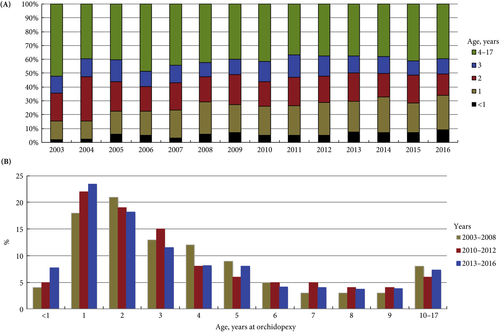
Editorial: Guidelines vs reality of practice (two sides of the same coin) and lifelong learning!
Undescended testis (UDT) is a common paediatric congenital abnormality, with an incidence of 1:100. UDT is managed by paediatricians, paediatric surgeons, paediatric and adult urologists. A consensus document was created to perform this surgery early, at ~6 months of age and definitely before 1 year of age, because of the risk of lower fertility rates and malignancy in the future [1, 2].
The reality is that we are far from achieving these goals and from following guidelines, despite the…

Article of the month: Effect of timing of an immediate instillation of mitomycin C after TUR in 941 patients with NMIBC
Every month, the Editor-in-Chief selects an Article of the Month from the current issue of BJUI. The abstract is reproduced below and you can click on the button to read the full article, which is freely available to all readers for at least 30 days from the time of this post.
In addition to the article itself, there is an accompanying editorial written by a prominent member of the urological community. This blog is intended to provoke comment and discussion and we invite you to use the…

Editorial: Postoperative intravesical chemotherapy has an important role in reducing subsequent bladder tumours – why is it not routine?
Transurethral resection of bladder tumour (TURBT) is a frequent operation performed by urologists worldwide. Although on occasion the procedure can be quite challenging, the majority are relatively straightforward with little morbidity. In most cases, where the medical system allows, it is an outpatient procedure. Nonetheless, with the exception of small low‐grade tumours the patient is anaesthetised. It is costly, as the procedure requires medical clearance, an operating room team and equipment.
Most…
